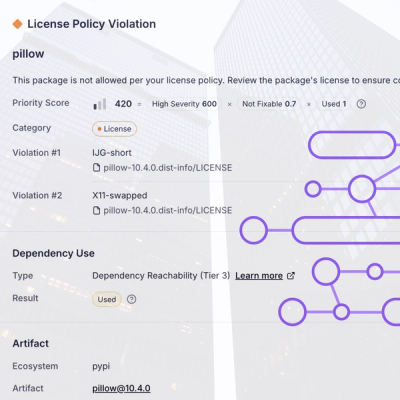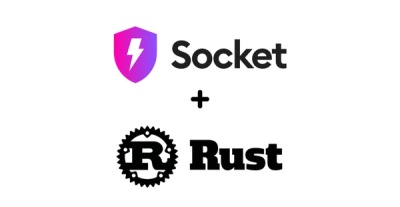
Research
/Security News
Critical Vulnerability in NestJS Devtools: Localhost RCE via Sandbox Escape
A flawed sandbox in @nestjs/devtools-integration lets attackers run code on your machine via CSRF, leading to full Remote Code Execution (RCE).
github.com/fractalbach/eval-expressions
Write a program that can evaluate expressions. Include the basic operators +-*/ and allow for nested parentheses. Include the ability to save values to variables using the = operator, and use them in later expressions.
Context Free Grammars are awesome. They let you do a lot of neat things, and they are great for describing programming languages. I think designing one gives you a better understanding of how to evaluate expressions.
I found a tool online that helps with messing around with grammars: https://web.stanford.edu/class/archive/cs/cs103/cs103.1156/tools/cf It's helpful for experimenting with different grammars quickly. It shows a few example input strings that the grammar will accept. You can also add your own test strings, and see the derivations.
A good starting place is to focus on the overall structure of an expression. We want parentheses and operators.
Start symbol: S
S → E
E → n | (E) | E+e | E-e | E*e | E/e
e → n | (E)
One of the things to notice in this grammar is E → E+e. This is
included because if you were to have the rule: E → E+E, it would
lead to an Ambiguous grammar.
Grammar for integers and floating point numbers. Infinite length is allowed.
Start symbol: Q
Z → N | NZ
Q → Z | Z.Z
N → 0 | 1 | 2 | 3 | 4 | 5 | 6 | 7 | 8 | 9
This grammar shows identifiers. In many programming languages, identifiers need to begin with a letter, and then can have numbers anywhere in the name. Since accessing properties of objects often use a dot notation, we want those numbers to be integers instead of floating points.
Start symbol: W
W → L | LW | LZ | LZW
Z → N | NZ
Q → Z | Z.Z
N → 0 | 1 | 2 | 3 | 4 | 5 | 6 | 7 | 8 | 9
L → a | b | c | d | e | f | g | h | i | j | k | l | m | n | o | p | q | r | s | t | u | v | w | x | y | z
This example only uses the 26 lowercase letters because I don't want to list them all out. When actually programming this, you can define "letter" or "character" to mean whatever you want.
Once you have identifiers and expressions worked out, it's relatively straight forward to add variable assignment on to everything else. An assignment consists of an identifer to save the value into, an equal sign (=), and an expression.
Start symbol: S
S -> E | V
V -> W=E
E -> ...
After putting together all of the parts I think will be needed to evaluate expressions, I came up with this grammar:
Start symbol: S
S → E | V
E → T | (E) | E+X | E-X | E/X | E*X
V → W=E
Z → N | NZ
N → 0 | 1 | 2 | 3 | 4 | 5 | 6 | 7 | 8 | 9
F → Z | Z.Z
L → a | b | c | d | e | f | g | h | i | j | k | l | m | n | o | p | q | r | s | t | u | v | w | x | y | z
W → L | LW | LZ | LZW
T → W | F
X → T | (E)
It doesn't allow any whitespace at all, but should work fine if you just ignore/delete all whitespace.
FAQs
Unknown package
Did you know?

Socket for GitHub automatically highlights issues in each pull request and monitors the health of all your open source dependencies. Discover the contents of your packages and block harmful activity before you install or update your dependencies.

Research
/Security News
A flawed sandbox in @nestjs/devtools-integration lets attackers run code on your machine via CSRF, leading to full Remote Code Execution (RCE).

Product
Customize license detection with Socket’s new license overlays: gain control, reduce noise, and handle edge cases with precision.

Product
Socket now supports Rust and Cargo, offering package search for all users and experimental SBOM generation for enterprise projects.